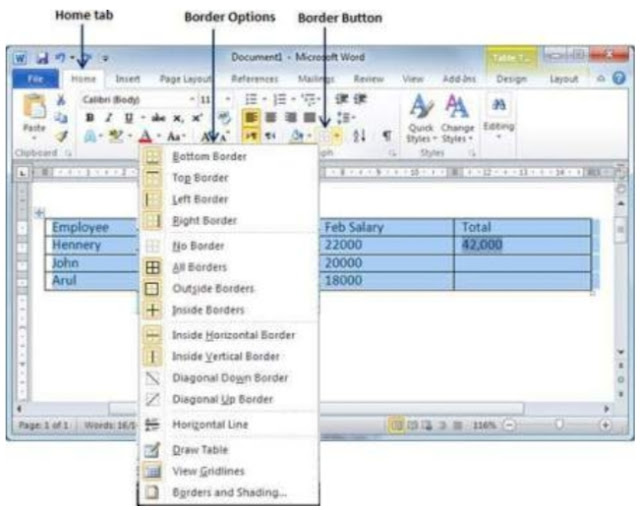Adding Data An Access database is not a file in the same sense as a Microsoft Office Word document or a Microsoft Office PowerPoint are. Instead, an Access database is a collection of objects like tables, forms, reports, queries etc. that must work together for a database to function properly. We have now created two tables with all of the fields and field properties necessary in our database. To view, change, insert, or delete data in a table within Access, you can use the table’s Datasheet View. A datasheet is a simple way to look at your data in rows and columns without any special formatting. Whenever you create a new web table, Access automatically creates two views that you can start using immediately for data entry. A table open in Datasheet View resembles an Excel worksheet, and you can type or paste data into one or more fields. You do not need to explicitly save your data. Access commits your changes to the table when you move the cursor to a new field in the same row, or whe...
Table Borders & Shades in Word 2010
Microsoft Word allows you to place a border on any or all of the four sides of a table very similar to text, paragraphs, and pages. You can also add many type of shading to table rows and columns. This chapter will teach you how to add any of the borders ( left, right, top or bottom) around a table and how to add different shadows to various rows and columns of the table.
Add Borders To Table:
Following are the simple steps to add borders in a table cell available in word document.
Step (1): Select the table to which you want to add border. To select a table, click over the table anywhere which will make Cross Icon visible at the top-left corner of the table. Just click this cross icon to select the table.
Step (2): Click the Border Button to display a list of options to put a border around the selected table. You can select any of the option available by simply clicking over it.

Step (3): Try to add and remove different borders like left, right top or bottom by selecting different options from the border options.
Step (4): You can apply border to any of the selected row or column. You can try it yourself.
Step (5): To delete the existing border, simply select No Border option from the border options.
Using Border Options:
You can add borders of your choice to word table by following the simple steps given below.
Step (1): Click the Border Button to display a list of options to put a border. Select Border and Shading option available at the bottom of list of the options as shown in above screen capture. This will display a Border and Shading dialog box. This dialog box can be used to set borders and shading around a selected table.
Step (2): Click Border tab which will display a list of border settings, styles and options whether this border should be applied to the table or text or paragraph.
Step (3): You can use Preview section to disable or enable left, right , top or bottom borders of the selected table or row or column. Follow the given instruction in preview section itself to design the border you like.
Step (4): You can customize your border by setting its color, width by using different width thickness available under style section.
Add Shades To Table:
Following are the similar steps to add shades on a selected table or its rows or columns.
Step (1): Select a row or column where you want to apply shade of your choice.
Step (2): Click the Border Button to display a list of options to put a border. Select Border and Shading option available at the bottom of list of the options. This will display a Border and Shading dialog box. This dialog box can be used to set borders and shading around selected row(s) or column(s).
Step (2): Click Shading tab which will display options to select fill, color and style and whether this border should be applied to cell or table or selected text.
Step (3): You can use Preview section to have an idea about the expected result. Once you are done, click OK button to apply the result.
The beginner to advance and start up step-9






Comments
Post a Comment